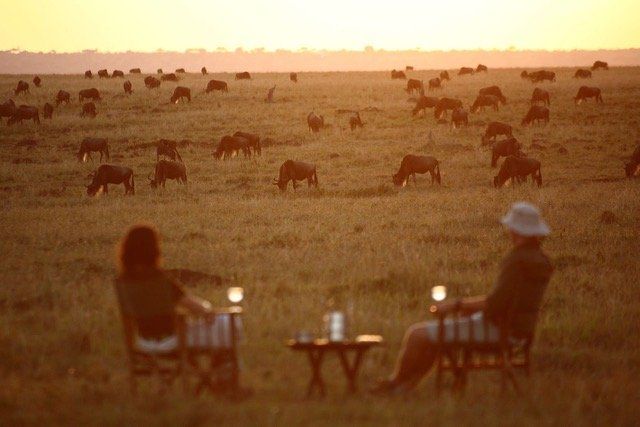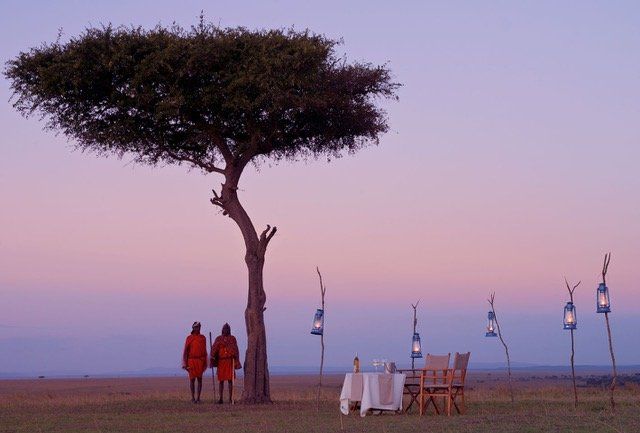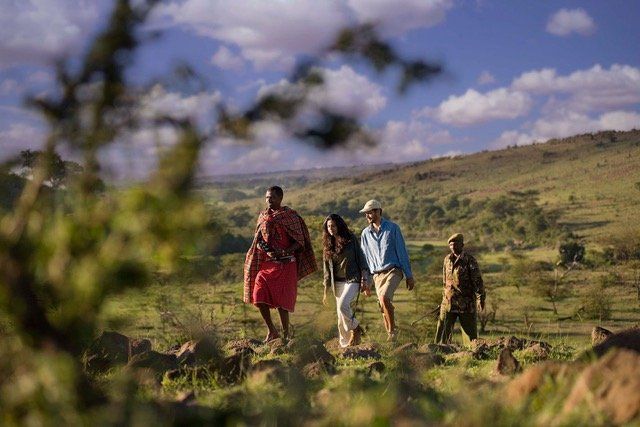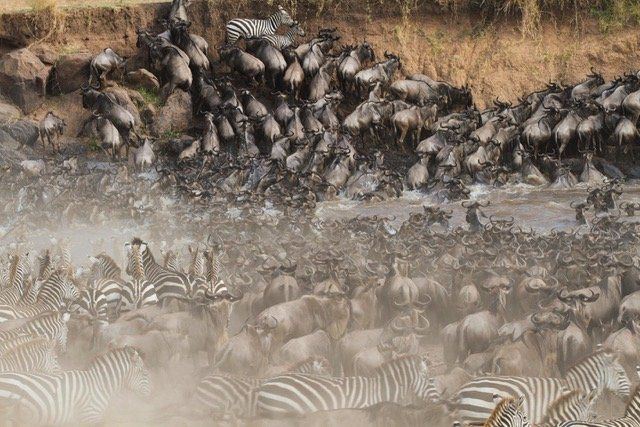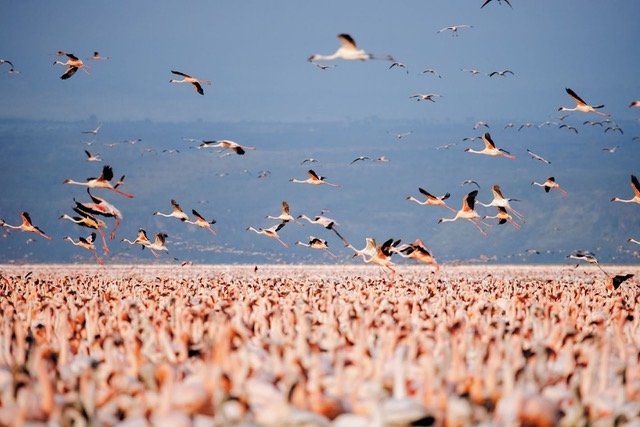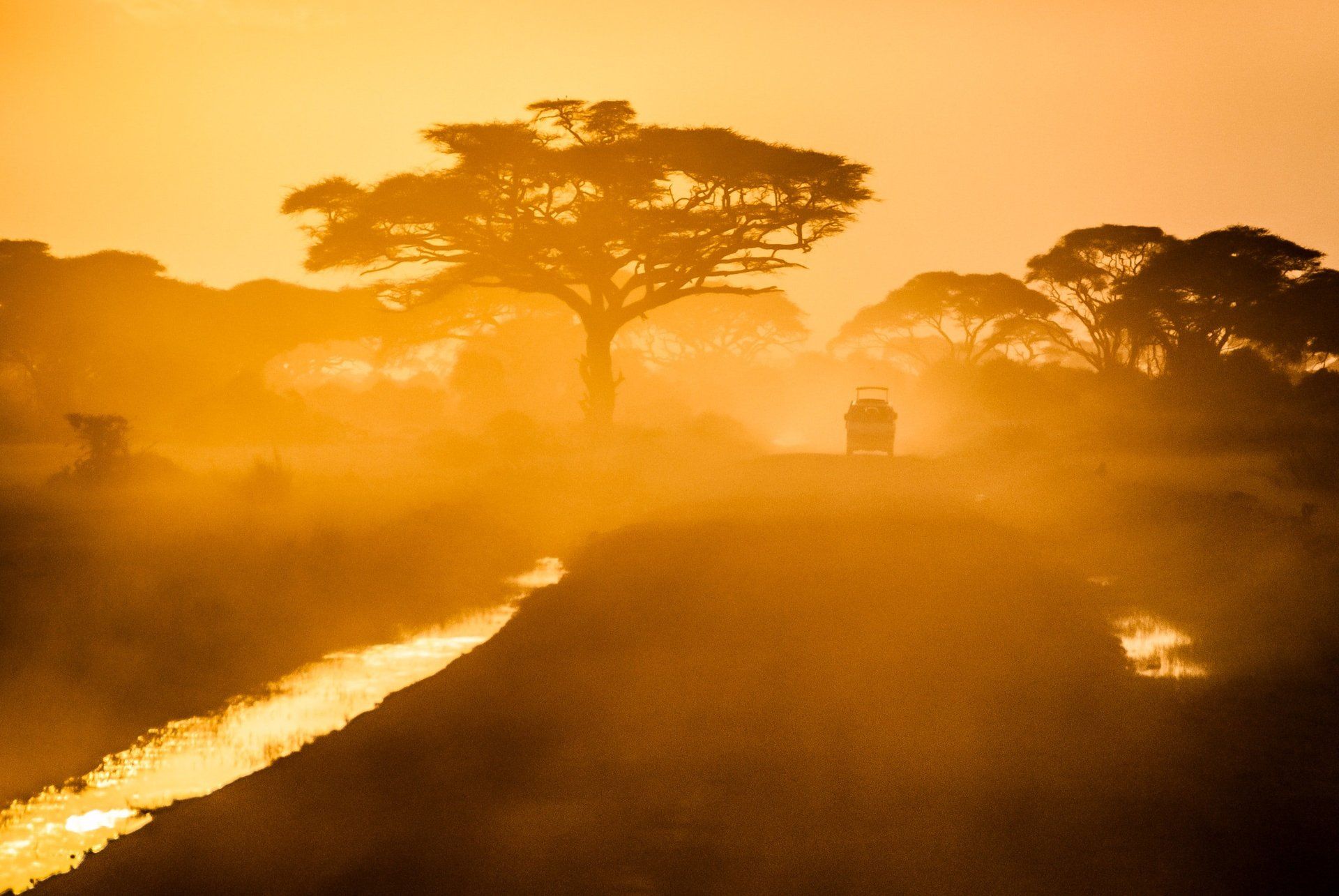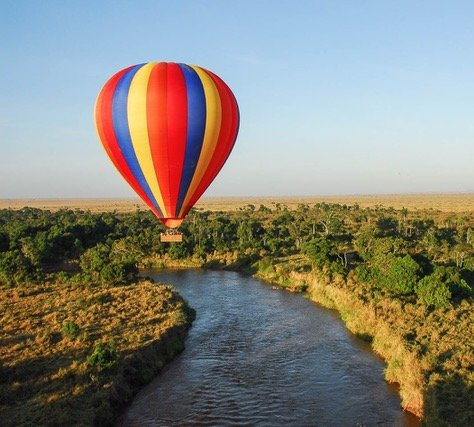Winter (June - October): While the Masai Mara is truly a year-round destination from a game watching perspective, the months from July to September are the ones to choose if you wish to witness the wildebeest migration. The Great Wildebeest Migration rightfully deserves its standing as one of the natural world’s most astonishing spectacles. Comprising more than 1.5 million wildebeest, zebras, and antelopes, the Great Migration constitutes the last surviving multi-species migration on the planet. Watching these herds cross the perilous Mara river is an experience that will stay with you all your life.
Summer (January - March): For a quieter safari experience, consider January to February, after the short autumn rains have dispersed. This season is almost as perfect as winter, and yet surprisingly underrated by most safari aficionados. February is a month of births for many antelope species. As baby antelopes are a lion’s favourite delicacy, this is the best season to come if you want to increase your chances of watching lions hunt. This is also the best time for bird watching when migrant birds arrive in their thousands to take up colourful residence on the savannah.
Spring (November - December): Spring is the season of the short rains in the Masai Mara. The rain falls in form of short late afternoon showers, so it won’t really impact your game viewing while on safari. Depending on the year, you might still catch the end of the migration and you will get to observe the nature around you changing from golden yellow to vibrant green hues almost overnight. Photographers usually chose this season for added contrast to their nature shots.
Autumn (April - May): April and May bring the long rains, with torrential continuous downpours and muddy washed-out roads, some of them unpassable. At The Travel Cafe, we consider this our least favourite season to go to the Masai Mara, however even this season has its fans as the savannah becomes clear, free of dust and haze making Africa’s stunning landscapes look at their absolute best.




